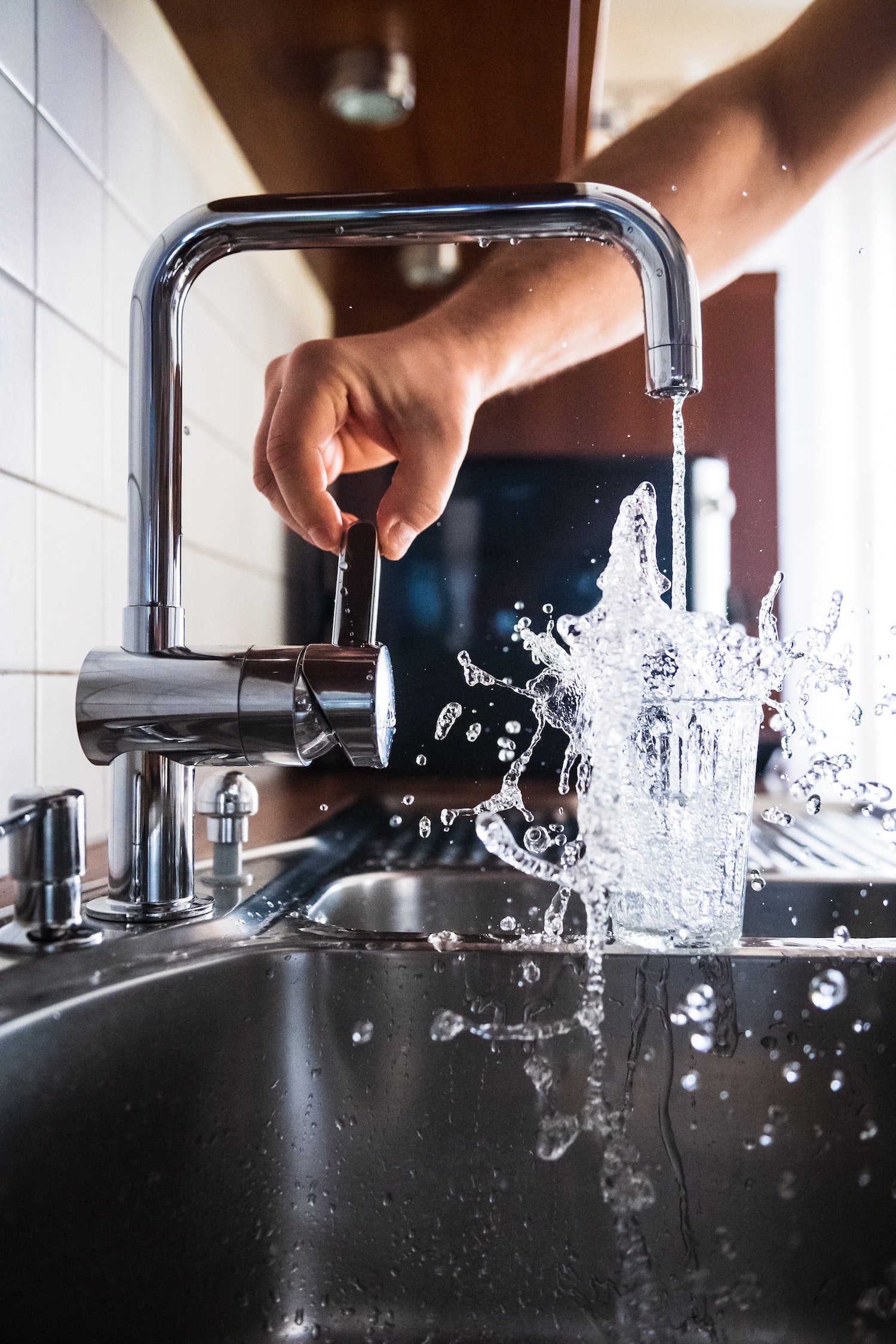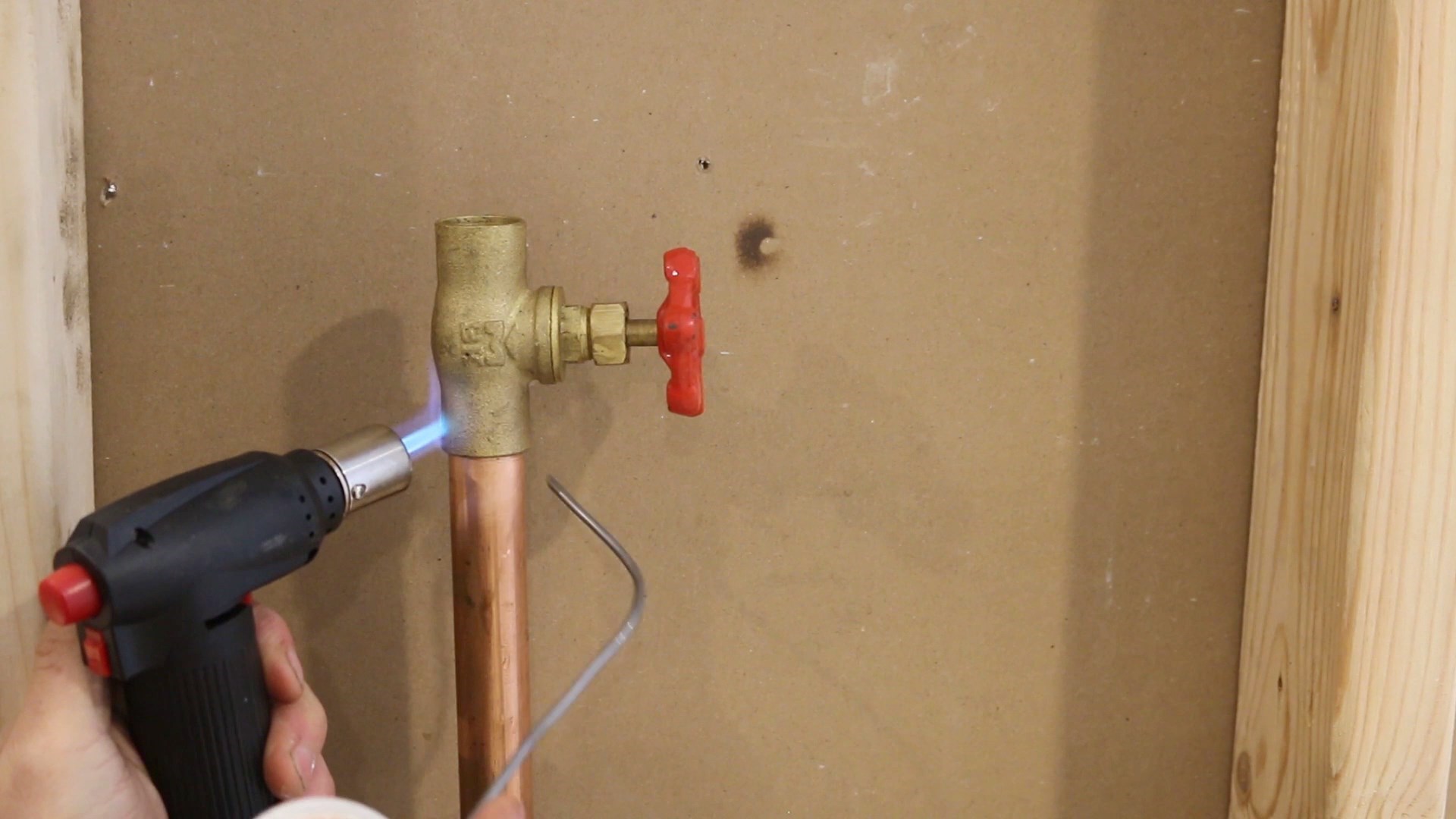Learning Pipe Winterization: 5 Key Hacks to Use in Frigid Temperatures
Learning Pipe Winterization: 5 Key Hacks to Use in Frigid Temperatures
Blog Article
What are your opinions about Winterizing Your Pipes?

All home owners who stay in pleasant climates have to do their finest to winterize their pipes. It is something you need to do during fall prior to deep wintertime really starts. Failure to do so can mean catastrophe like frozen, split, or burst pipelines. Here are some helpful winterizing hacks to maintain your plumbing system secured even if the climate outside is shocking.
Try a Hair Clothes Dryer or Heat Gun
When your pipelines are nearly freezing, your trusty hair dryer or warmth weapon is a godsend. Bowling hot air straight right into them might help if the hot towels do not assist remove any resolving ice in your pipes. Nevertheless, do not utilize various other things that produce direct flames like an impact lantern. This can lead to a larger calamity that you can not regulate. You may end up damaging your pipes while trying to melt the ice. And over time, you might also end up burning your house. So beware!
Open Cupboard Doors Hiding Plumbing
It would certainly be valuable to open closet doors that are concealing your pipes when it's chilly outside. They can be someplace in your cooking area or shower room. This will certainly enable the cozy air from your heating system to flow there. As a result, you avoid these exposed pipelines from freezing. Doing this tiny trick can maintain your pipes cozy and limit the potentially dangerous end results of freezing temperature levels.
Require Time to Cover Exposed Pipes
One nifty and very easy hack to warm up cold pipelines is to wrap them with cozy towels. You can cover them first with towels. After protecting them in place, you can put boiling water on the towels. Do it slowly to let the towels soak up the fluid. You can additionally utilize pre-soaked towels in hot water, simply don't fail to remember to put on safety gloves to guard your hands from the heat.
Activate the Faucets
When the temperature declines and it appears as if the freezing temperature level will last, it will aid to turn on your water both inside your home and outdoors. This will certainly maintain the water flowing with your plumbing systems. On top of that, the motion will certainly reduce the cold procedure. Notably, there's no requirement to transform it on full force. You'll wind up wasting gallons of water by doing this. Instead, go for about 5 declines per minute.
Turn off Water When Pipelines are Frozen
Shut off the primary water shutoff immediately if you discover that your pipes are totally icy or virtually nearing that stage. You will normally locate this in your cellar or laundry room near the heating system or the front wall closest to the street. Transform it off right now to stop further damages.
With even more water, even more ice will pile up, which will eventually lead to break pipelines. If you are uncertain about the state of your pipelines this wintertime, it is best to call a professional plumber for an inspection.
All homeowners that live in warm climates have to do their finest to winterize their pipes. Failing to do so can mean catastrophe like icy, split, or burst pipelines. If the hot towels do not aid remove any type of settling ice in your pipelines, bowling hot air straight into them might assist. Transform off the major water valve immediately if you see that your pipes are entirely frozen or almost nearing that phase. With more water, even more ice will load up, which will at some point lead to rupture pipes.
PREVENT YOUR PIPES FROM FREEZING THIS WINTER
A Leading Cause of Property Damage
When the weather is taking a deep nose dive into the cold dreary days, the risk of your pipes freezing and potentially bursting skyrockets. Unfortunately, during these cold dreary months, burst pipes are the most common denominator for property damage. The pipes that are most at the risk are those that are in areas where it is most cold in your home. For instance, pipes located in interior places such as basements, attics, and your garage. Unfortunately, that doesn’t mean that the pipes running through your cabinets or exterior walls can’t freeze. Good news, however, is that you can do things to help prevent pipes from freezing.
How to Prevent Pipes From Freezing
Once the temperature starts to drop during the winter, you should be taking the proper measures needed to ensure that your pipes stay warm and that there is circulation of water through them. Some steps that experts may recommend could go against your better judgement when it comes to saving water and heat. However, it would go without saying that when expenses are compared, damaged pipes could put a bigger dent in your wallet than a water bill.
What Can I Do?
Keep your garage door closed. This is very important, especially if you have water supply lines running through your garage. Open your kitchen and bathroom cabinets to allow warm air to circulate through them. Allow air circulation throughout your home. Keeping the interior doors open will once again allow the warm air to circulate inside your home. Ensure your thermostat is running the same temperature throughout the night and day. If you plan to be away from home during the cold months, set your temperature no lower than 55° F. This should provide enough heat to keep the pipes warm and prevent any remaining water inside the pipes from freezing. For more of a long-term solution, add insulation to attics, basement, and other crawl spaces around your home. By allowing your faucet to drip, it will alleviate pressure in the system. This is important because the pressure that is created between the blockage and the faucet can potentially cause the pipes to burst. Allowing the faucet to drip will prevent the pressure from building up, therefore keeping the pipes from bursting. Seal any cracks, openings, and crawl spaces around your home to prevent cold air from coming inside. This keeps your pipes-not to mention your home-warmer and less susceptible to issues caused by freezing temperatures. For the pipes in your home that are easily accessible, applying electrical tape to them might prevent them from freezing over. This is a quick fix, as you can apply the tape directly to the pipe. There are two options for heating tapes. One turns on and off by itself when it senses heat is needed. The other type of heating tape needs to be applied when heat is needed and removed when not necessary. If you have exposed pipes in your home, you can check this website to take a look at a few options that would be available at a shop near you.

As a fervent person who reads on How to Prevent Frozen Pipes, I think sharing that editorial was worthwhile. Are you aware of somebody else who is fascinated with the niche? Do not hesitate to promote it. Thanks a bunch for your time. Visit us again soon.
Call Today Report this page